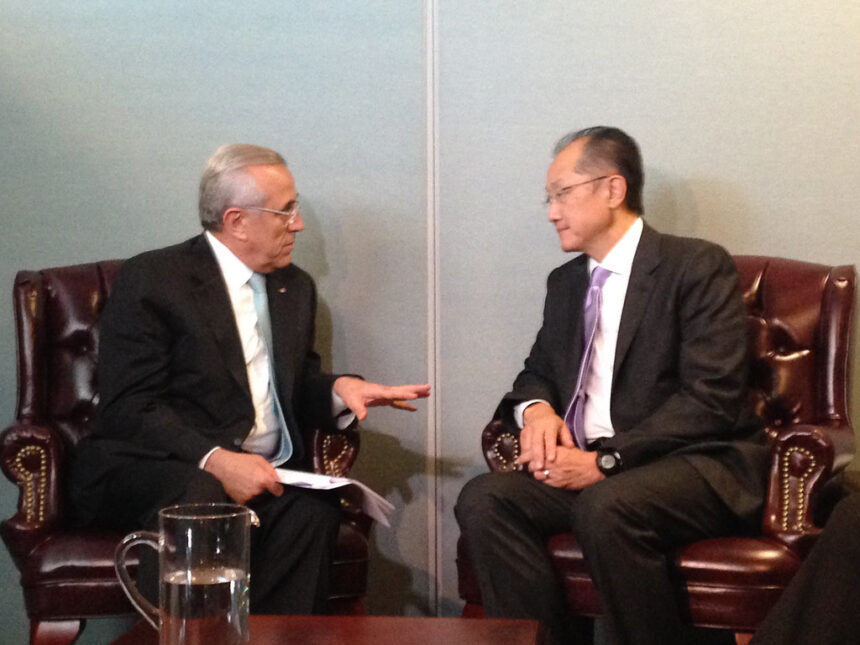A recent report from the World Bank highlights a pressing global issue: 8.5% of the world’s population–approximately 700 million people–live in extreme poverty, defined as surviving on less than $1.90 a day.
The number of people living in extreme poverty has not decreased despite progress made since 1990. This is due to the population increase, especially in regions with high levels of poverty, such as Asia.
Asia is a major contributor to the poverty problem in the world. Countries like India, Bangladesh and Indonesia have large populations that struggle with accessing essential services such as education and healthcare.
Statista states that the World Bank uses varying poverty levels, with $3.65 for lower-middle income countries and $6.85 per person/day for populations in upper-middle income.
In 2024 it is expected that approximately 1.7 million people (21.4%) and 3.5 millions people (43.6%) would be living below these poverty levels.
Statista
Global poverty: Factors contributing to it
The persistence of poverty is due to a number of interrelated factors.
This crisis is primarily driven by rapid population growth, inequality in income, lack of job opportunities, social safety nets and environmental degradation.
The rural communities in particular are vulnerable because of the limited availability of essential services and opportunities for economic growth.
Children who lack education and are often hungry or sickened by preventable diseases suffer the most from poverty.
The greatest barriers for women and girls are often education, health care, and economic progress.
Urban slums in India, Bangladesh and other countries are a stark example of the extreme poverty that many people live in.
In order to effectively fight global poverty in Asia targeted policies, collaboration efforts between governments, nongovernmental organizations (NGOs) and the private sectors are vital.
The key initiatives are investing in education, vocational training and sustainable agriculture, improving the healthcare system, as well as fostering equitable growth. Women, children and ethnic minorities will be given special attention.
To achieve the Sustainable Development Goals and eradicate poverty in Asia by 2030, nations must address the challenges unique to the region.
Implementing targeted policies and encouraging inclusive growth can help countries make significant progress towards reducing poverty in the world and creating a society that is more fair.
For a sustainable future and to ensure a brighter future for the next generations, collaboration and concerted effort are essential.
The post World Bank Report on Poverty: 700 Million People Survive on Less Than $1.90 Per Day may be updated as new information becomes available
This site is for entertainment only. Click here to read more






